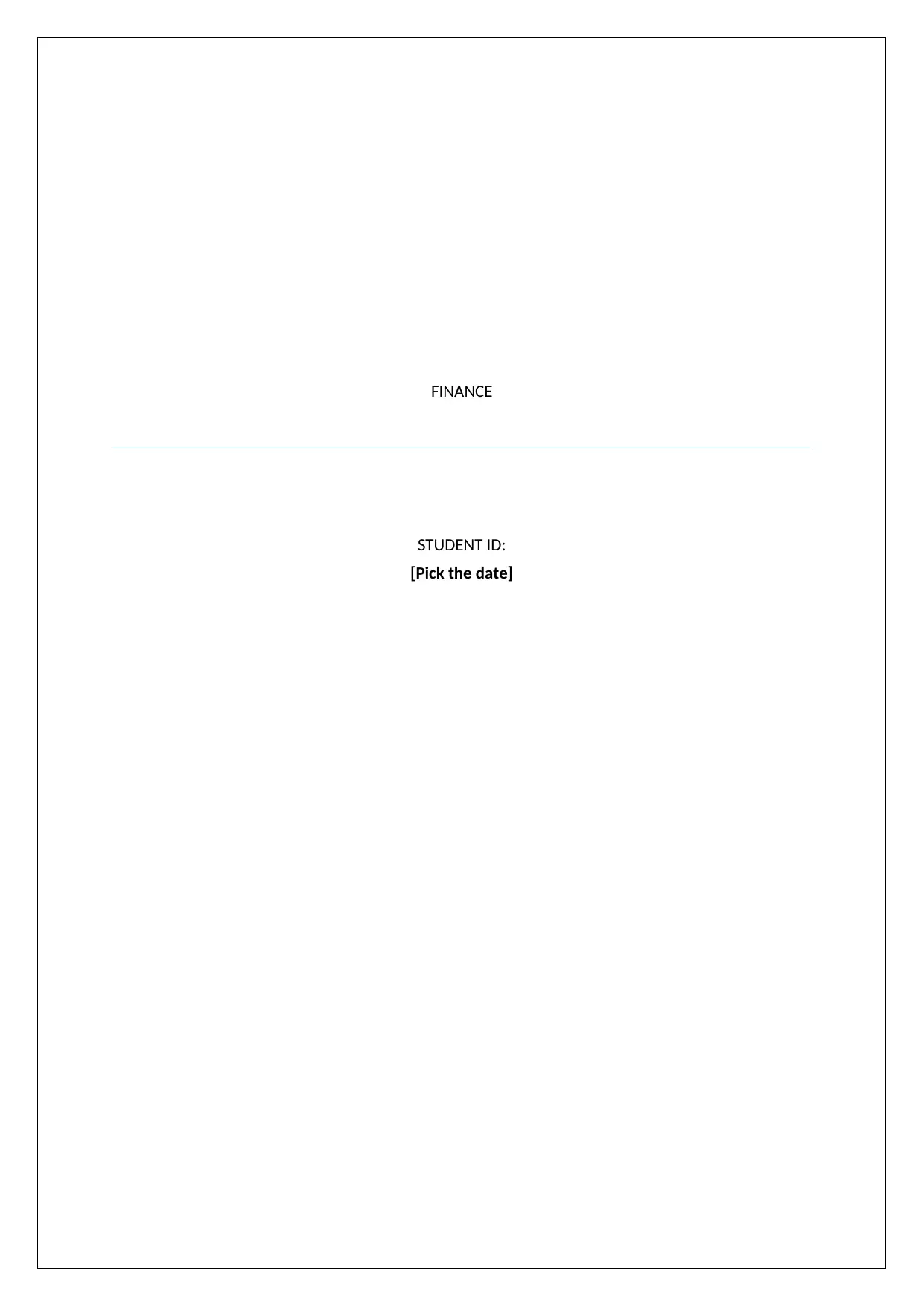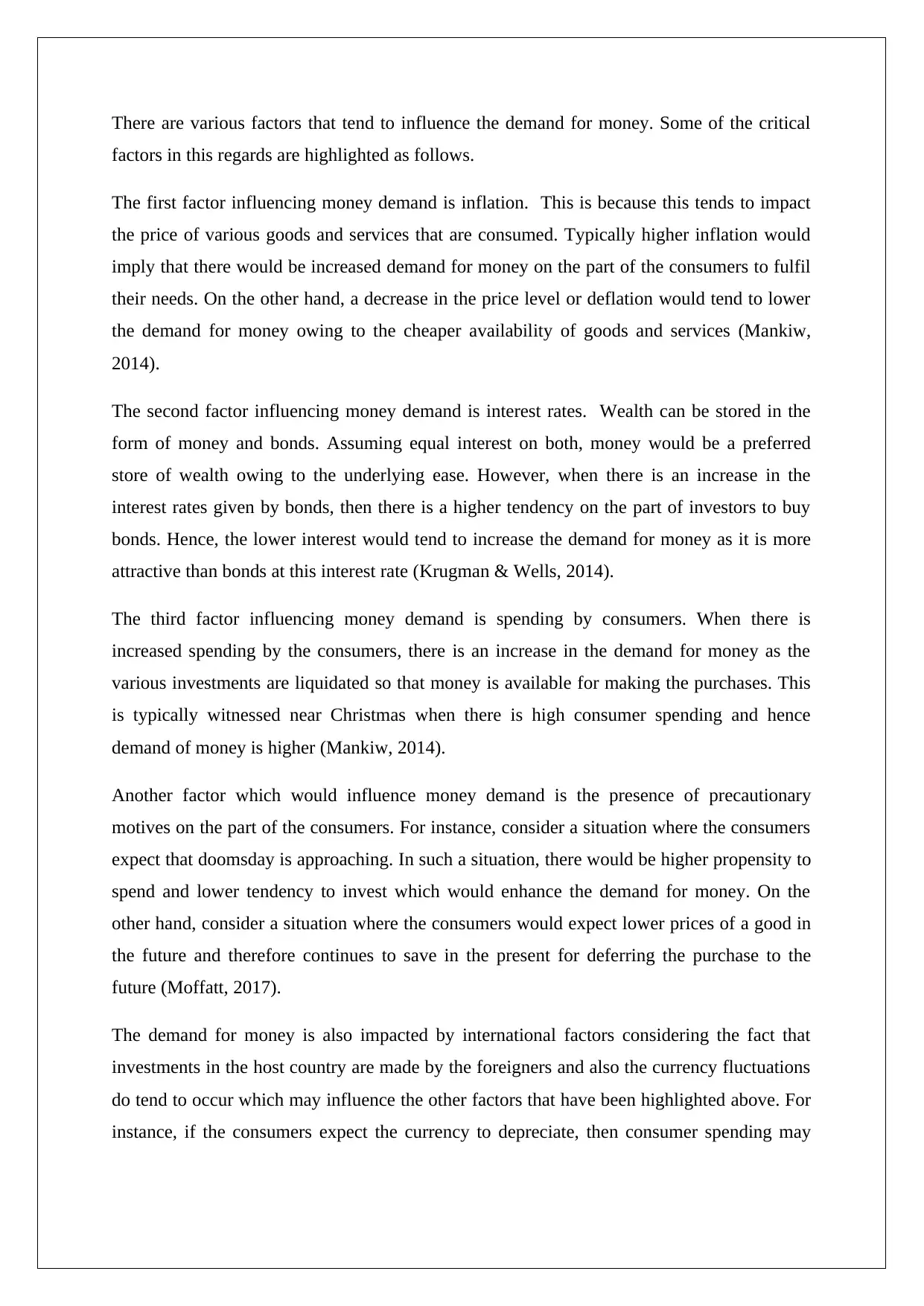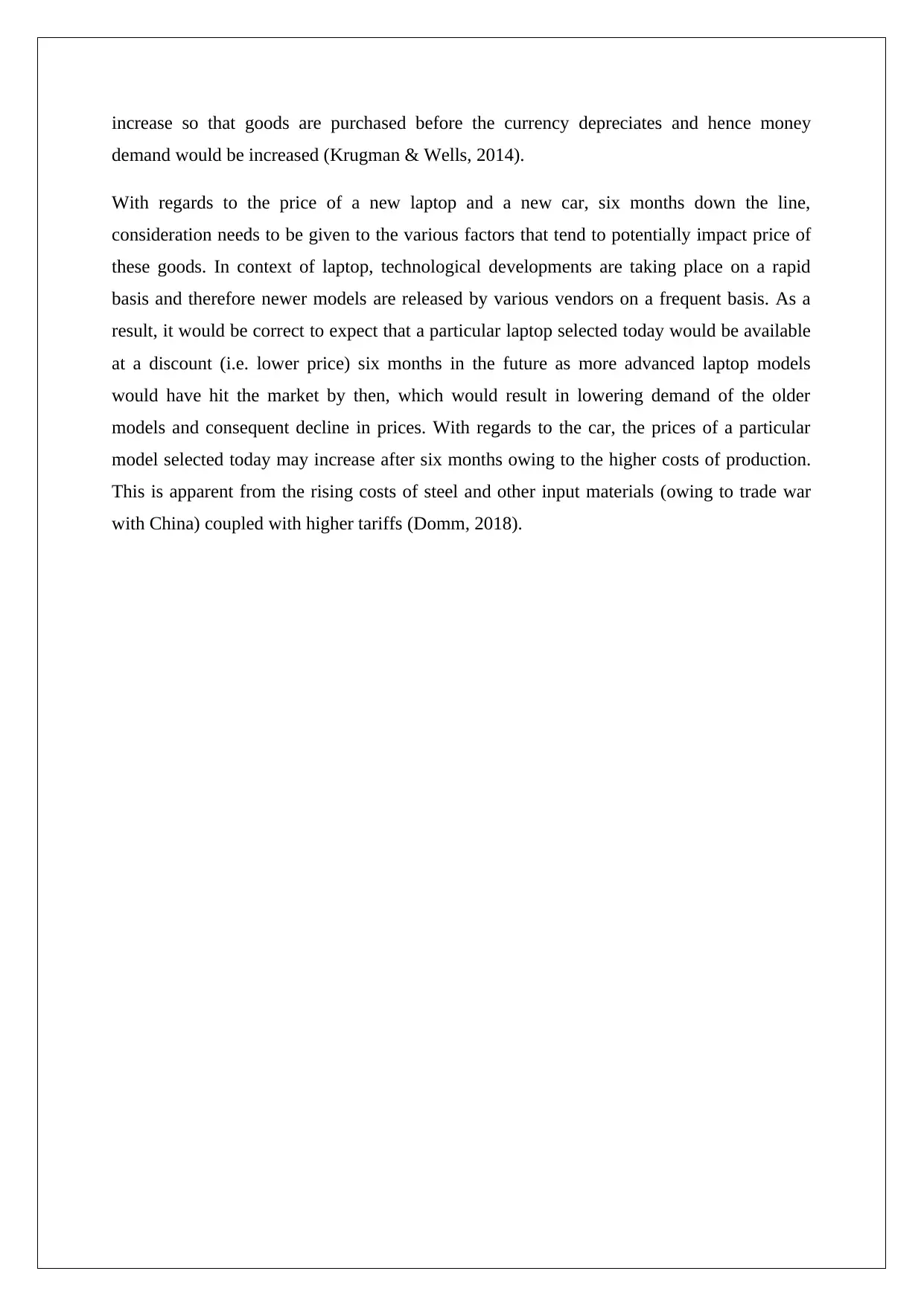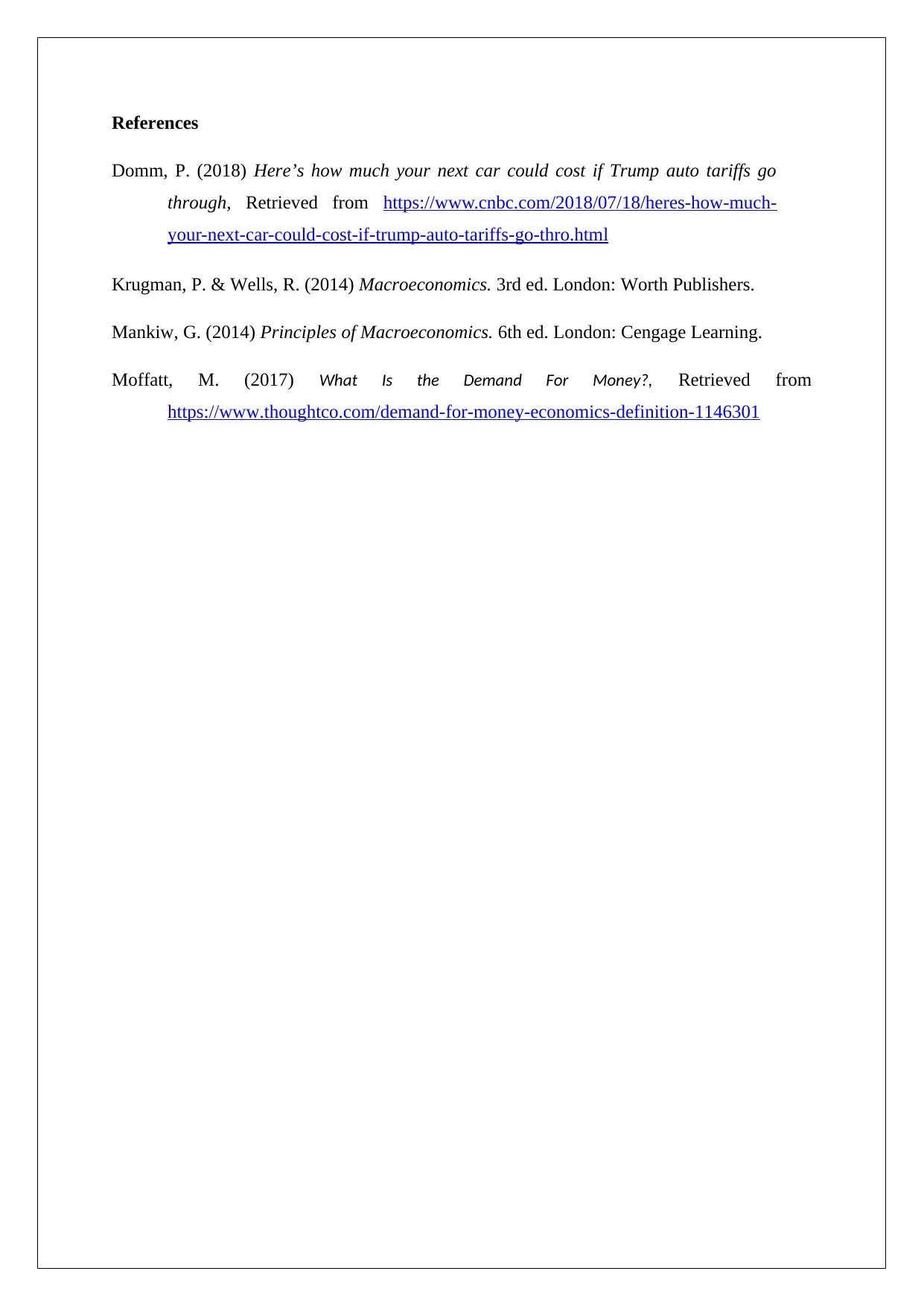Finance: Exploring Money Demand Factors and Predicting Future Prices
VerifiedAdded on 2023/06/03
|4
|757
|433
Homework Assignment
AI Summary
This finance assignment solution delves into the various factors that influence the demand for money, including inflation, interest rates, consumer spending, precautionary motives, and international factors. It explains how higher inflation increases money demand due to rising prices, while higher interest rates on bonds decrease the demand for money as investors prefer bonds. Increased consumer spending also raises money demand as investments are liquidated for purchases. The assignment further discusses the impact of consumer expectations and currency fluctuations on money demand. Additionally, it provides a prediction on the price of a new laptop (decrease) and a new car (increase) six months in the future, justifying these predictions based on technological advancements and rising production costs, respectively. Desklib provides this solution along with other solved assignments for students.
1 out of 4











![[object Object]](/_next/static/media/star-bottom.7253800d.svg)